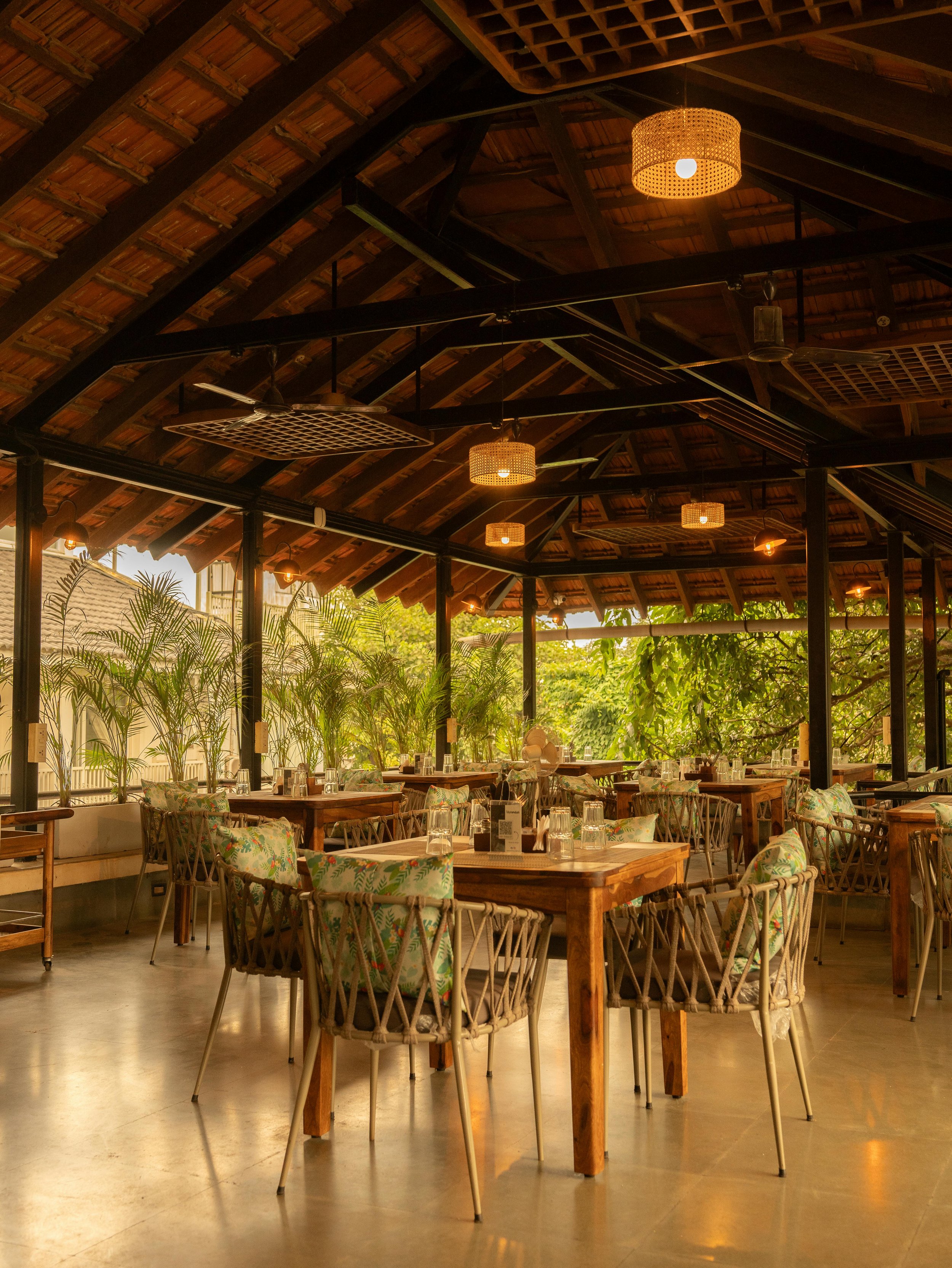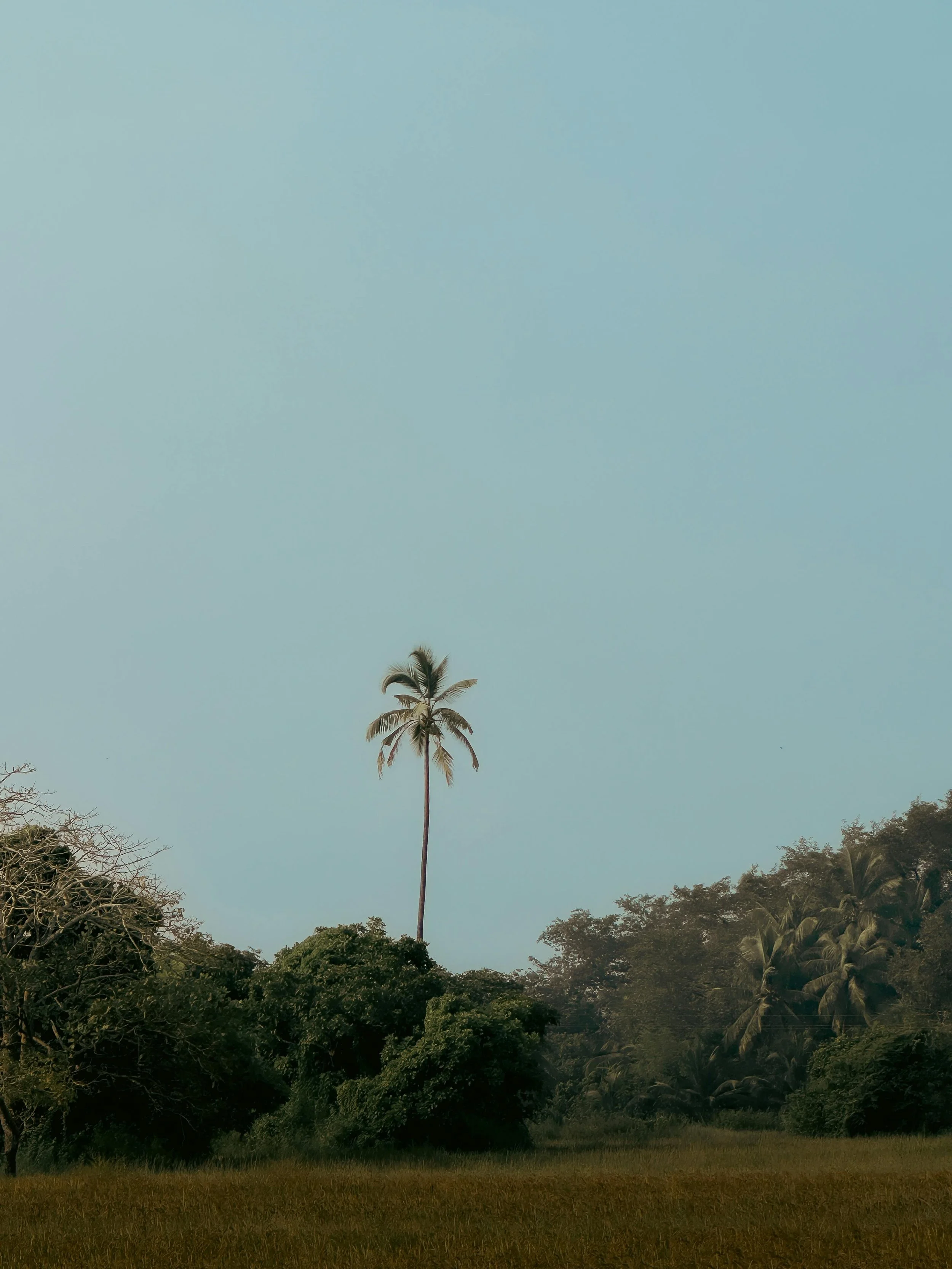How to Start a Restaurant in Goa
Starting a restaurant in Goa isn’t about replicating what's trending. It's about creating a meaningful space where design, culture, sustainability, and regional identity intersect. Goa isn’t just a backdrop for hospitality—it’s a collaborator. To build here is to build with intention.
This is a guide for visionaries: restaurateurs, designers, chefs, and storytellers who see restaurants as cultural works, not just commercial ventures.
Whether you're a first-time restaurateur, a hospitality designer, or a seasoned chef planning a soulful concept in Goa, this guide is your 360-degree roadmap.
Why Goa? The Spirit of Place
Goa is not just a state on the western coast of India; it's a layered ecosystem—culturally plural, ecologically vibrant, and gastronomically rich. Its appeal isn’t merely coastal aesthetics but a unique confluence of communities, languages, crafts, and colonial and pre-colonial architectural styles.
When you build in Goa, you’re not just creating a business—you’re embedding yourself in an ongoing cultural narrative. You are contributing to the fabric of a place shaped by Sateri temples, Portuguese villas, lush rice paddies, and post-colonial counterculture.
Goa as Material: Design With Context, Not Concept
Designing a restaurant in Goa begins with deep observation. The materials, weather, architecture, and rhythm of life are not challenges to overcome—they're your design toolkit.
Key Considerations:
Material authenticity: Work with what the land offers—laterite stone, reclaimed wood, lime plaster, handwoven cane.
Climatic intelligence: Design for cross-ventilation, protection from monsoon, shade for heat.
Architectural memory: Restore, don’t replace. Let old walls speak. Use local craft techniques.
Light and shadow: Goa has its own natural cinematic quality. Leverage that in your space.
Design isn't about what you impose—it’s about what you reveal. Spaces that succeed in Goa feel rooted. They age well, like old sea walls and clay floors. They resist trend and embrace time.
Culture Is the Ingredient
If you’re opening a restaurant in Goa and not engaging with its layered cultural identity, you’re missing the point. Food in Goa is not just about flavour—it’s about identity, memory, geography.
From Food to Cultural Ecology:
Glorify the regional: Not just Goan fish curry, but dishes from forest communities, from grandmother’s notebooks, from unwritten traditions.
Involve cultural elders: Seek knowledge from locals, historians, and culinary keepers.
Language and sound: Let Konkani, Portuguese, Marathi shape the soundscape—not just as music, but signage, menus, dialogue.
Collaborate with artists: Your walls, menus, and uniforms can carry local art—as commission, not decoration.
Let your restaurant become a living archive of the land—a place where food is a story, not a product.
Progressive Hospitality: Systems as a Design Language
Hospitality today must be designed with ethics embedded in the system. Every plate, every shift, every waste bin is a design decision.
Design for:
Staff dignity: Housing, rest, growth, fair hours. Many workers migrate to Goa seasonally—your systems should honor their lives.
Resource circularity: Compost, greywater reuse, solar cooling, regenerative sourcing.
Local economic networks: Buy from local growers, makers, and fisherfolk.
In-house production: Grow your own herbs, ferment your own condiments, mill your own grain if you can.
Sustainability isn’t an add-on. It’s the skeleton. Restaurants that thrive in Goa long-term are those that care as much about their waste stream as their wine list.
Cross-Cultural Exchange, Not Fusion
Goa is inherently plural. Avoid fusion. Embrace conversation.
Practices That Honour Plurality:
Curate guest chefs from regional food traditions: Tamil Saiva, Syrian Christian, Portuguese, Sri Lankan, Mangalorean.
Create rotating kitchens that share space with migrant communities.
Host collaborative events: pop-up mezze nights, toddy-and-jazz evenings, poetry dinners.
Build menus that reflect multiplicity: Let seasonal ingredients drive the story, not colonial nostalgia or Instagram trends.
Let your restaurant be an evolving dialogue, not a static identity.
Self-Sufficiency as Luxury
In Goa, abundance is slow, seasonal, and sometimes unpredictable. Instead of importing everything, build with resilience.
Ask Yourself:
Can we build a small kitchen garden?
Can we roast, ferment, or pickle in-house?
Can we use rainwater harvesting for washrooms?
Can we operate without depending on high season revenue?
Pro Tip: The most successful concepts are not the ones that spend the most, but those that invest in self-reliance.
Seasonality as Creative Rhythm
The monsoon is not downtime. It’s the restaurant’s quiet season for reflection, re-design, R&D.
Use it to:
Develop new menus based on root vegetables and preserved goods
Host intimate art, music, and literature events
Build community with local guests
Train staff, upskill, redesign systems
Align your rhythm with Goa’s weather, not against it. Think of it as your off-season university.
Legal and Regulatory Checklist
Before opening, you’ll need:
FSSAI license (Food Safety)
Trade license from local municipality
Health and Sanitation license
Fire Safety NOC
Liquor license (Goa Excise Department)
Music license (Phonographic Performance Limited)
Eating House License (Police Department)
Pro Tip: Partner with a local compliance expert. Goa has regional nuances; don’t assume Delhi or Mumbai procedures apply here.
Branding in Goa: Story Over Style
Forget branding in the traditional sense. In Goa, your story is your magnet.
Build your identity around:
A name that means something (avoid tropes like “palm”, “casa”, or “vibes”)
Visuals that reflect your space’s texture, not just styled plates
Honest storytelling: where the fish came from, who painted your chairs, why your menu changes
Community inclusion: from sourcing to photography to cultural memory
People will travel for food. But they return for story.
What Goa Actually Needs
Goa doesn’t need more cookie-cutter concepts. It needs:
Restaurants that glorify the local and reimagine the global
Design that listens before it speaks
Cultural humility and artistic courage
Systems that are sustainable, not just efficient
If you’re here to build a restaurant that feels, that belongs, and that lasts, then you’re already on the right track.
Step-by-Step: From Vision to Reality
Immerse: Spend 30–60 days living in Goa without building anything. Understand the monsoon, the community, the morning market.
Form a Local Team: Architect, builder, operations lead, culture researcher.
Secure Land/Property: Ensure zoning clearance, heritage status if applicable.
Concept Deck: Not just for investors—use it to align team and vision.
Systems First: Build kitchen and waste/water systems before signage or styling.
Soft Opening: Start with 20–30 guests a day and collect feedback iteratively.
Public Debut: Align with local festival or cultural moment.
Ready to Begin?
At Paxika, we work with restaurant founders, designers, and chefs who want to:
Source local artisans and builders
Shape culture-led hospitality concepts
Develop sustainable operational models
Build a space that belongs to its context
The food is only the beginning.



